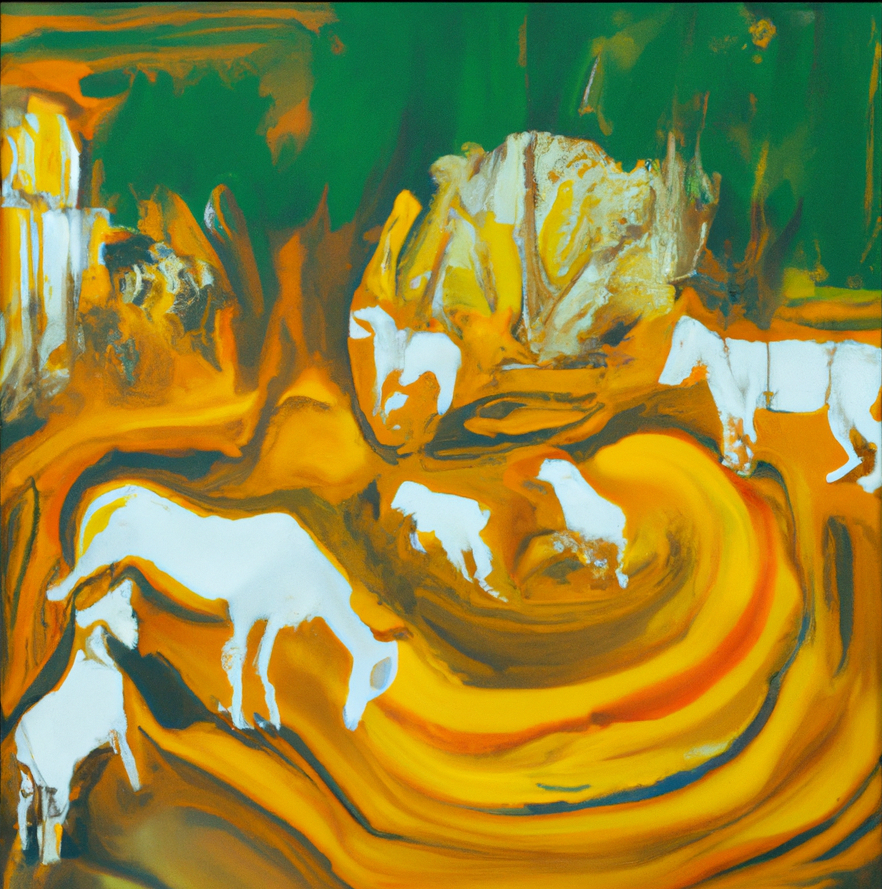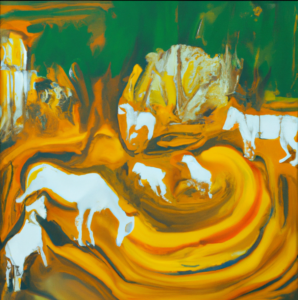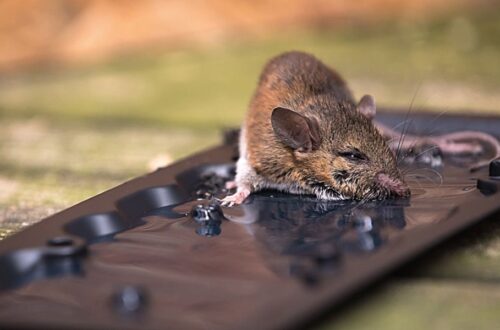
More People, Less Food: India’s Struggle with Overpopulation, Hunger and Animal Agriculture
In India, the pernicious grip of animal agriculture poses a significant threat to the nation’s population, exacerbating food security issues and perpetuating a myriad of challenges. As the population continues to surge, it is imperative to critically examine the damning impact of animal agriculture, which has become synonymous with environmental degradation, resource mismanagement, and ethical dilemmas. By exposing the dark underbelly of this industry, we shed light on its alarming connection to India’s population woes and the dire consequences it holds for food security.
Topping the list of India’s population challenges is the persistent and pervasive malnutrition problem. To the world’s alarm, the Global Hunger Index of 2017 placed India at a dismal 100th position among 119 countries, underscoring the enormity of the crisis. Annually, almost half of India’s children reel under the debilitating effects of malnutrition, and approximately a million infants succumb within the first month of their life. The nation’s future generation bears the brunt, with 43% of children under five facing underweight conditions and 48% grappling with stunted growth stemming from acute malnutrition. These grim statistics command immediate attention to the underlying factors catalysing this crisis.
An undeniable connection emerges between animal agriculture and the prevalence of malnutrition and food insecurity in India. The misallocation of agricultural resources is a grave concern, as significant portions are diverted to feed livestock instead of nourishing the population. This mismanagement perpetuates food insecurity, leaving marginalised communities vulnerable to malnutrition and hunger. The tragic irony lies in the fact that while millions languish in hunger, precious resources are squandered to satisfy the escalated consumption demands of affluent urban dwellers, thus exacerbating the socio-economic divide.
The damage inflicted by animal agriculture extends beyond mere resource misallocation, manifesting in catastrophic environmental impacts that further deepen the food security crisis. The meat and dairy industry is a significant contributor to greenhouse gas emissions, accelerating climate change and undermining agricultural productivity. The excessive consumption of water in intensive livestock farming exacerbates water scarcity, compounding the challenges faced by regions already grappling with resource depletion. This environmental devastation disrupts ecosystems, diminishes agricultural output, and compromises the ability to sustainably feed the burgeoning population.
Intensive animal agriculture also poses serious health threats to India’s growing population. These operations, marked by high animal density, limited genetic diversity, and ineffective waste management, create ripe conditions for the spread of zoonotic diseases. This is exacerbated by increasing human encroachment into wildlife habitats. Diseases such as Nipah virus, Chandipura virus encephalitis, and Buffalopox, have all emerged from the interaction between human and animal populations, showing the dangers of disease crossover from animals to humans. In India, workers in animal agriculture and processing are particularly at risk, with reports indicating they contract numerous zoonotic diseases.
Moreover, the widespread use of antibiotics in livestock farming, aimed at promoting growth and preventing disease, is driving the rise of antibiotic-resistant bacteria. This not only poses a global health threat but also specifically jeopardises India’s population health, given the country’s significant consumption of animal products.
To address India’s population challenges and ensure food security, a fundamental shift in consumption patterns is essential. The overconsumption of animal products in urban areas has contributed to a rise in obesity, diabetes, and other lifestyle diseases. Simultaneously, there is high malnutrition among vulnerable communities. Drastic changes must occur, and embracing plant-based diets becomes crucial. By shifting consumption patterns towards plant-based alternatives, India can alleviate the strain on agricultural resources, promote sustainable farming practices, and ensure equitable access to nutritious food for all.
Animal agriculture in India emerges as a potent destabilizer, deeply intertwined with the nation’s population challenges and food security dilemmas. The misallocation of resources, environmental degradation, and ethical dilemmas associated with this industry must be condemned. To secure a better future, it is imperative to prioritise the nutritional well-being of the population, adopt sustainable food systems, and shift consumption patterns towards plant-based diets. By doing so, India can pave the way for a more equitable, sustainable, and food-secure nation for all its inhabitants.







One Comment
R.N.Mehrotra
Lucid and revealing. The article captures the issue so well.